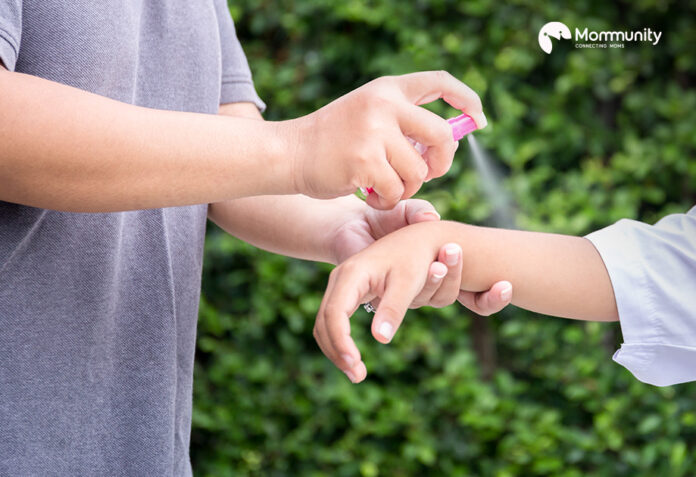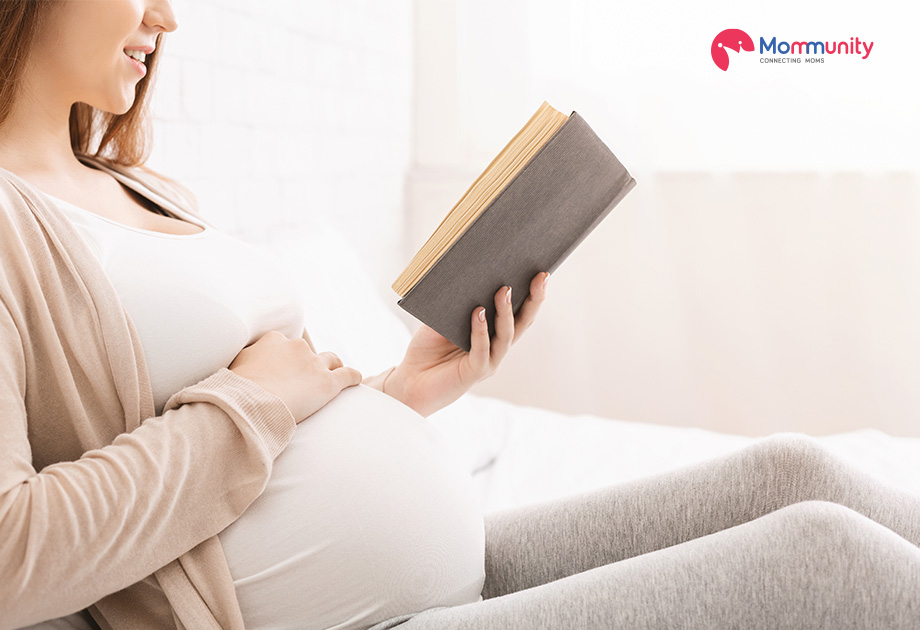Does your baby always suck their fingertips the whole time? Wondering about when to use pacifier for baby. Pacifiers, those small, rubbery soothers, have been a source of debate among parents for decades.
Are they a lifesaver for calming a fussy baby, or a potential culprit for dental issues and sleep disturbances? In this blog, we will learn about the pros and cons to help you make an informed decision.
When to Consider a Pacifier
-
Soothing and Comfort
Pacifiers can offer a significant source of comfort and reassurance for distressed infants. The rhythmic sucking motion that pacifiers facilitate is often deeply soothing, helping babies to relax and unwind. This natural reflex can provide security and contentment, usually leading to a calmer and more peaceful state.
-
Sleep Aid
Pacifiers can be a helpful tool for many babies when it comes to sleep. Some find the sucking motion soothing and comforting, which can help in falling asleep and staying asleep. However, it’s important to remember that pacifiers shouldn’t be relied on exclusively to induce sleep.
Closely monitoring your baby’s sleep patterns will help you determine if the pacifier is truly beneficial or if it might be hindering their ability to self-soothe and sleep independently.
-
Premature or Low Birth Weight Babies
Pacifiers can be particularly beneficial for premature or low birth weight babies. The sucking motion involved in using a pacifier helps to strengthen and develop their natural sucking reflex, a vital skill for feeding.
Additionally, the comfort and sense of security that a pacifier provides can contribute to improved weight gain, as it allows these delicate babies to focus on feeding without expending extra energy on crying or fussing.
When to Be Cautious
1. Breastfeeding
It’s generally recommended to wait until breastfeeding is well-established before introducing a pacifier. This means allowing a few weeks for your baby to become comfortable and efficient at breastfeeding. Introducing a pacifier too early can sometimes lead to nipple confusion.
Babies have different sucking techniques for bottles and breasts, and early exposure to a pacifier can interfere with their ability to latch and feed effectively from the breast. This can result in frustration for both mother and baby, potentially impacting breastfeeding success.
2. Ear Infections
The connection between pacifier use and the occurrence of ear infections in babies is a topic of ongoing research and debate within the medical community. While some studies have suggested a potential link between the two, it’s important to note that this relationship is not definitively proven.
As a result, it’s necessary to consult with your child’s pediatrician if you have any concerns about pacifier use and its potential impact on their ear health. They can provide personalized guidance based on your child’s specific situation and medical history.
3. Dental Issues
Continuing to use a pacifier beyond the age of two or three can potentially lead to dental and oral development issues. The constant pressure exerted on the teeth and mouth by the pacifier can influence the way teeth grow and align, potentially causing misalignment or improper bite.
Additionally, the shape of the roof of the mouth can be affected, which may impact speech development and overall oral health.
3 Tips for Using Pacifier
1. Choose the Right Pacifier
When selecting a pacifier, it’s advisable to choose one specifically designed with orthodontic principles in mind. These pacifiers have a particular shape and structure that aims to minimize the potential negative impact on your child’s teeth and jaw development.
By opting for an orthodontic pacifier, you can help reduce the risk of dental issues such as misaligned teeth or an abnormal palate shape that may occur with prolonged pacifier use.
2. Establish a Routine
If you decide to incorporate a pacifier into your baby’s routine, it’s advisable to establish a consistent pattern of use. For instance, consider offering the pacifier primarily during sleep time to help your baby relax and drift off to sleep.
By limiting pacifier use to specific times, you can help prevent it from becoming a constant crutch and potentially reduce the risk of dependency or negative oral habits.
3. Weaning Off
If you decide it’s time for your child to give up the pacifier, it’s generally best to introduce the change slowly rather than abruptly. This gradual approach can help minimize frustration and tantrums as your child adjusts to life without their pacifier.
By reducing pacifier use step-by-step, you allow your child to adapt to the change at their own pace, making the transition smoother for both of you.
The Final Note
The decision to use a pacifier is a personal one, and what works best for one baby may not work for another. While pacifiers can offer comfort and aid in sleep for many babies, it’s essential to weigh the potential benefits against the potential drawbacks.
If you choose to use a pacifier, careful consideration of when and how to introduce it, as well as eventual weaning, can help minimize potential issues. Remember, every baby is unique, and it’s essential to trust your instincts while seeking guidance from your pediatrician. Ultimately, the goal is to provide your baby with the comfort and support they need to thrive.
By understanding the pros and cons of pacifier use, you will understand when to use pacifier for baby. You can make an informed decision that best suits your baby’s needs and your parenting style.




